Table of Contents
Everyone seems to have *the* recipe for meatballs, the one passed down through generations, promising the true taste of Italy. But what does an actual original italian meatball recipe look like? Forget the rock-hard lumps or the overly complicated versions you might find online. The truth about a classic Italian meatball isn't about a secret ingredient or a magic spell. It's about understanding a few core principles and using quality ingredients. This isn't just about throwing meat and breadcrumbs together; it's about creating something tender, flavorful, and utterly satisfying, the kind that simmers beautifully in sauce or stands proudly on its own. We're going to walk through the essentials: the right mix of meats, the crucial role of breadcrumbs (the *right* kind), and the simple steps that ensure a juicy result every single time. No-nonsense, just good, honest cooking. Get ready to ditch the guesswork and make the kind of meatballs people will actually ask you for the recipe for.
What Defines an "Original" Italian Meatball?
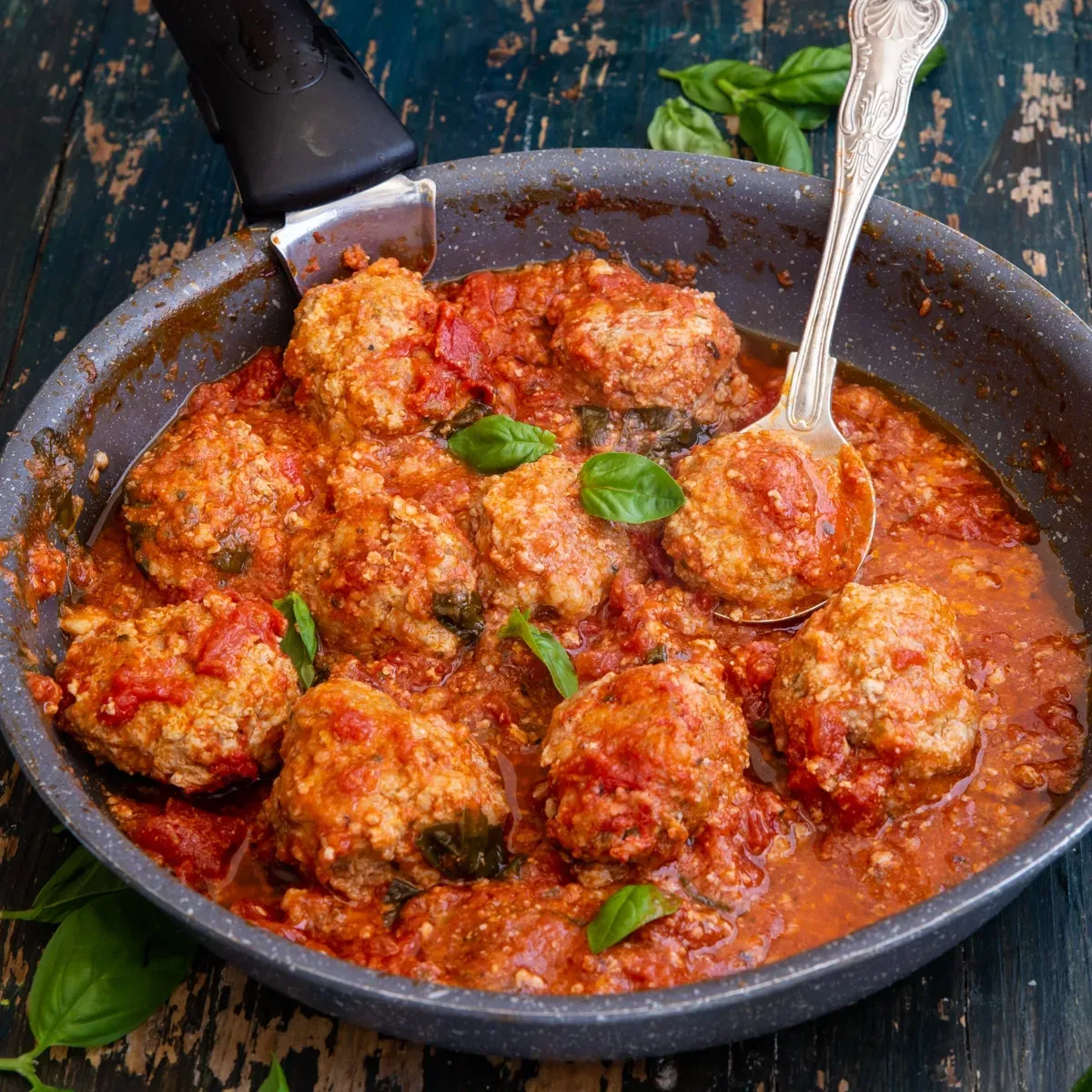
What Defines an "Original" Italian Meatball?
Let's clear something up right away. There isn't *one* single, universally agreed-upon original italian meatball recipe. Anyone who tells you otherwise is probably selling something or just repeating what their grandma told them, which is fine, but it's not historical fact. Meatballs, or *polpette* as they're called in Italy, vary wildly from region to region, sometimes even from town to town. In Abruzzo, you might find tiny, pea-sized meatballs called *pallottine*. In Naples, they're often fried before hitting the sauce. Roman versions might skip the breadcrumbs entirely. What most traditional recipes share is a focus on simple, good-quality ingredients and a method that prioritizes tenderness over density. Think less giant, tough spheres drowning in sauce, and more delicate, flavorful bites that are a harmonious part of a larger dish, often Sunday ragu.
The Essential Ingredients for Your Original Italian Meatball Recipe

The Essential Ingredients for Your Original Italian Meatball Recipe
Choosing the Right Meat Blend
Alright, let's talk meat. This is where many folks go wrong trying to nail an original italian meatball recipe. Just using ground beef? That's fine for a burger, maybe, but not for a truly tender meatball. The classic approach involves a mix. Beef provides flavor, pork brings fat and moisture, and sometimes veal adds a delicate texture. A common ratio is equal parts beef and pork. I like 80/20 ground beef for the fat content – lean meat makes for dry, sad meatballs. If you want to throw in some veal, go for it, but beef and pork are non-negotiable for that authentic depth.
The Magic of Breadcrumbs and Dairy
This is perhaps the most critical step for tenderness in an original italian meatball recipe: the breadcrumbs and the liquid. Forget the dried, dusty stuff in a canister. You need fresh breadcrumbs. Stale bread, yes, but not rock-hard croutons. Tear up some good quality Italian or French bread, crusts removed if you're feeling fancy, and soak it in milk or water. Milk is traditional and adds richness. This creates a *panade*, a starchy paste that helps bind the meat gently and, more importantly, traps moisture. It's the difference between a lead shot and a cloud. Squeeze out the excess liquid, but don't wring it dry. It should still be moist.
Ingredient | Purpose | Notes |
|---|---|---|
Ground Beef (80/20) | Flavor, Structure | Provides richness and body. |
Ground Pork | Moisture, Tenderness | Adds necessary fat and keeps meatballs juicy. |
Fresh Breadcrumbs | Binder, Moisture Retention | Crucial for light, tender texture. Use stale bread. |
Milk or Water | Soaking Agent | Softens breadcrumbs and creates panade. Milk adds richness. |
Rounding Out the Flavors
Beyond the meat and breadcrumbs, an original italian meatball recipe needs its supporting cast. Eggs are essential binders, usually just the yolks for richness, but some recipes use whole eggs. Grated cheese is a must – Parmigiano-Reggiano or Pecorino Romano, or a mix. It adds salty depth. Minced garlic, finely chopped fresh parsley, salt, and black pepper are your primary seasonings. Don't be shy with the salt; meat needs it. Some people add a pinch of nutmeg, a tradition in some regions, which adds a subtle warmth. Keep it simple, focus on fresh ingredients, and taste as you go (well, maybe not the raw meat mix, but you get the idea).
Mixing and Forming: The Art of the Tender Meatball
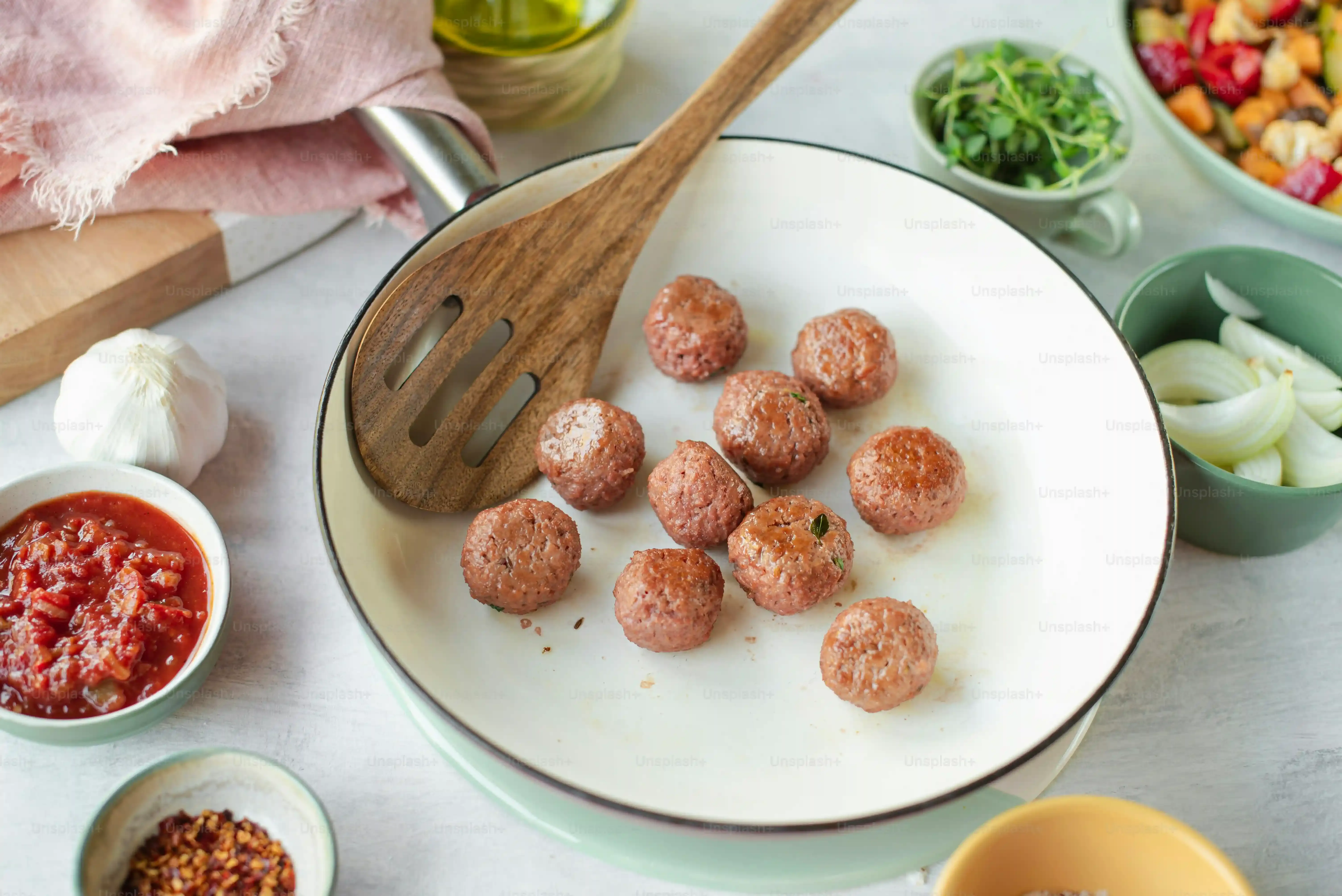
Mixing and Forming: The Art of the Tender Meatball
you've got your beautifully soaked breadcrumbs, your meat blend ready to go, and all the flavorings lined up. Now comes the crucial step: mixing. This isn't like kneading dough or mixing cement. You want to be gentle, almost reverent. Overmixing is the enemy of a tender meatball. It develops the proteins in the meat, making them tough and dense. Think of it like petting a cat, not wrestling an alligator. Combine everything in a large bowl – the meat, the squeezed breadcrumbs, cheese, eggs, garlic, parsley, salt, pepper, maybe that pinch of nutmeg. Use your hands, but lightly. Fold the ingredients together just until they are combined. Don't mash, don't squeeze tightly. You're aiming for a cohesive mixture, not a paste. Once everything looks reasonably distributed, stop. Seriously, stop.
Tips for Mixing & Forming
- Keep your hands slightly damp to prevent sticking.
- Mix just until combined; visible streaks of ingredients are okay.
- Form the meatballs gently; rolling them too tightly makes them dense.
- Use a scoop (like a 1/4 cup measure) for consistently sized meatballs.
Cooking Methods for the Original Italian Meatball Recipe
Browning on the Stovetop
So, you've got these perfectly formed, delicate little meat spheres ready to go. What's the first move? For many, myself included, it's a quick trip to a hot pan with some olive oil. Browning isn't strictly about cooking them through at this stage; it's about building flavor and texture. That beautiful Maillard reaction creates little crispy bits and a depth of taste you just don't get otherwise. Get your pan nice and hot, add a generous swirl of good olive oil, and gently place the meatballs in, giving them space. Don't crowd the pan, or they'll steam instead of brown. Turn them carefully until they're browned on all sides. They'll still be raw inside, and that's exactly what you want.
Finishing in Sauce
Once your meatballs have a lovely crust, their real cooking journey begins: simmering in the sauce. This is where the magic happens for a classic original italian meatball recipe. You gently nestle the browned meatballs into a simmering pot of your favorite tomato sauce – marinara, Sunday ragu, whatever makes your heart sing. The low, slow heat finishes cooking them through, making them incredibly tender, while they simultaneously infuse the sauce with their meaty goodness. Let them simmer for at least 30 minutes, maybe even an hour or more, depending on size. They'll plump up slightly and become wonderfully soft. This method yields that melt-in-your-mouth texture everyone raves about.
- Simmer gently, don't boil vigorously.
- Ensure meatballs are submerged in sauce.
- Cook time varies by size, but low and slow is key.
- The sauce thickens and gains flavor as they cook together.
Baking for a Lighter Option
maybe you hate grease splatter or you're trying to minimize hands-on time. Baking is a totally valid alternative for your original italian meatball recipe, though purists might look down their nose. It's certainly cleaner. Preheat your oven to around 375°F (190°C). Arrange the formed meatballs on a baking sheet lined with parchment paper. Bake them for about 20-25 minutes, or until they are cooked through and nicely browned. They won't develop quite the same complex, pan-fried crust, but they still get a good exterior and cook evenly. You can then add these baked beauties to your simmering sauce to finish absorbing flavor, or serve them as is. It's a trade-off: less mess for a slightly different flavor profile.
Serving Suggestions and Pairing Your Meatballs

Serving Suggestions and Pairing Your Meatballs
The Classic Pairing: Spaghetti and Sauce
let's state the obvious first. The most iconic way to serve your original italian meatball recipe is draped over a mountain of spaghetti, swimming in that beautiful tomato sauce they finished cooking in. This isn't rocket science, it's comfort food personified. The tender meatballs soak up the sauce, and the sauce gets richer from the meatballs. Make sure your pasta is cooked perfectly al dente. Nobody wants mushy pasta under their glorious meatballs. A sprinkle of fresh Parmigiano-Reggiano or Pecorino Romano on top is non-negotiable. Maybe a little extra fresh parsley for color. It's simple, it's classic, and it works for a reason.
Beyond the Spaghetti Bowl
While spaghetti is the go-to, don't limit yourself. These aren't one-trick ponies. Your original italian meatball recipe works wonders with other pasta shapes too – think rigatoni, penne, or even orecchiette, which are like little cups perfect for catching sauce and bits of meatball. But step away from pasta night entirely if you want. Serve them over creamy polenta. The richness of the polenta is a fantastic foil for the savory meatballs and bright tomato sauce. Crusty bread on the side for soaking up every last drop is mandatory, no debate.
- Serve with rigatoni or penne.
- Pair with creamy polenta.
- Offer crusty bread for dipping.
- Tuck them into a meatball sub (see below).
Appetizers and Subs
Meatballs aren't just for the main course. Those same tender, juicy orbs from your original italian meatball recipe make killer appetizers. Serve them warm in a small dish with toothpicks, maybe drizzled with a little extra sauce or just plain. They disappear fast, trust me. And then there's the meatball sub. A good, crusty Italian roll, split open, filled with meatballs and sauce, maybe topped with some melted provolone or mozzarella, then run under the broiler for a minute. It's messy, glorious, and a complete meal in itself. Don't even think about using wimpy bread; it has to stand up to the sauce.
Making Ahead and Freezing Meatballs
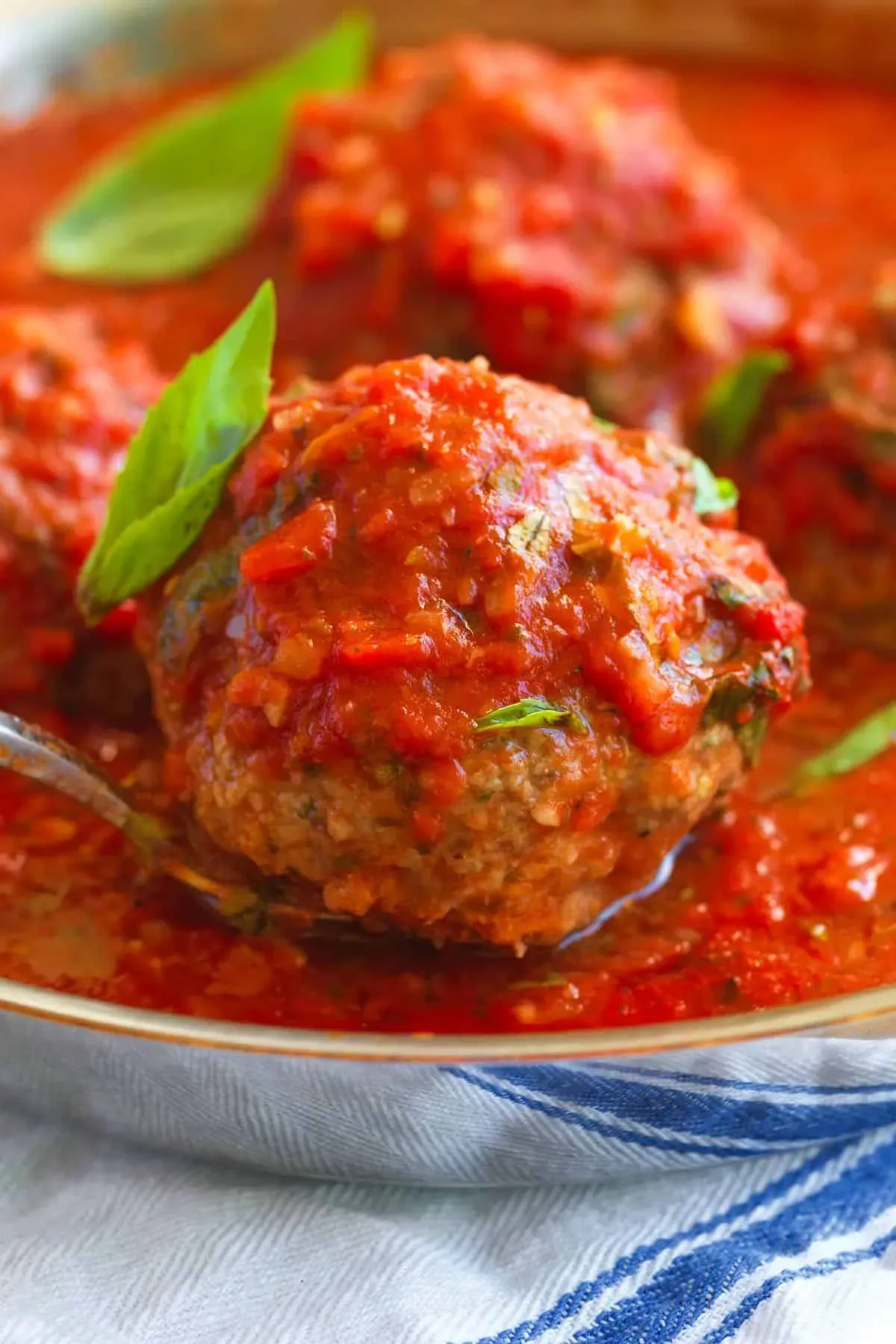
Making Ahead and Freezing Meatballs
Why Freezing Your Original Italian Meatball Recipe is a Smart Move
Look, life gets busy. Sometimes you don't have an hour or two on a Tuesday night to whip up a batch of your perfect original italian meatball recipe from scratch. That's where making them ahead comes in. Freezing meatballs is a total game-changer. It means you can spend a rainy Sunday making a huge batch, and then have quick access to delicious, homemade meatballs whenever you need them. It’s like having a secret stash of comfort food ready to deploy. Plus, it saves you time and effort during the week when you're probably exhausted and just want dinner on the table without a fuss. It’s practical, it’s efficient, and frankly, it just makes sense.
Freezing Uncooked Meatballs
If you want to freeze them *before* cooking, that's easy enough. Once you've gently formed your meatballs, place them in a single layer on a baking sheet lined with parchment paper. Make sure they aren't touching, or they'll freeze together into one giant meatball-berg. Pop the entire tray into the freezer. Let them freeze solid – this usually takes a couple of hours. Once they're hard as little rocks, you can transfer them to a freezer-safe bag or container. This "flash freezing" step prevents them from sticking together, so you can grab just a few at a time if you don't need the whole batch. Label the bag with the date so you know how long they've been in there. They'll keep well for about 3-4 months.
- Form meatballs gently.
- Place on parchment-lined baking sheet.
- Freeze until solid (approx. 2-3 hours).
- Transfer to a freezer-safe bag or container.
- Label and date the bag.
Freezing Cooked Meatballs
Alternatively, you can cook your meatballs first before freezing. If you browned them on the stovetop but didn't finish them in sauce, let them cool completely. Then, follow the same flash-freezing method: single layer on a tray until solid, then transfer to a freezer bag. These are great for adding directly to a simmering sauce later. If you've already cooked your original italian meatball recipe *in* sauce, you can freeze the meatballs right in the sauce. Let the entire pot cool down completely first. Then, transfer the meatballs and sauce to freezer-safe containers or bags. This is perfect for meal prepping individual portions or having a full meatball dinner ready to thaw and reheat. Just make sure your containers are airtight to prevent freezer burn.
Troubleshooting Common Meatball Mistakes
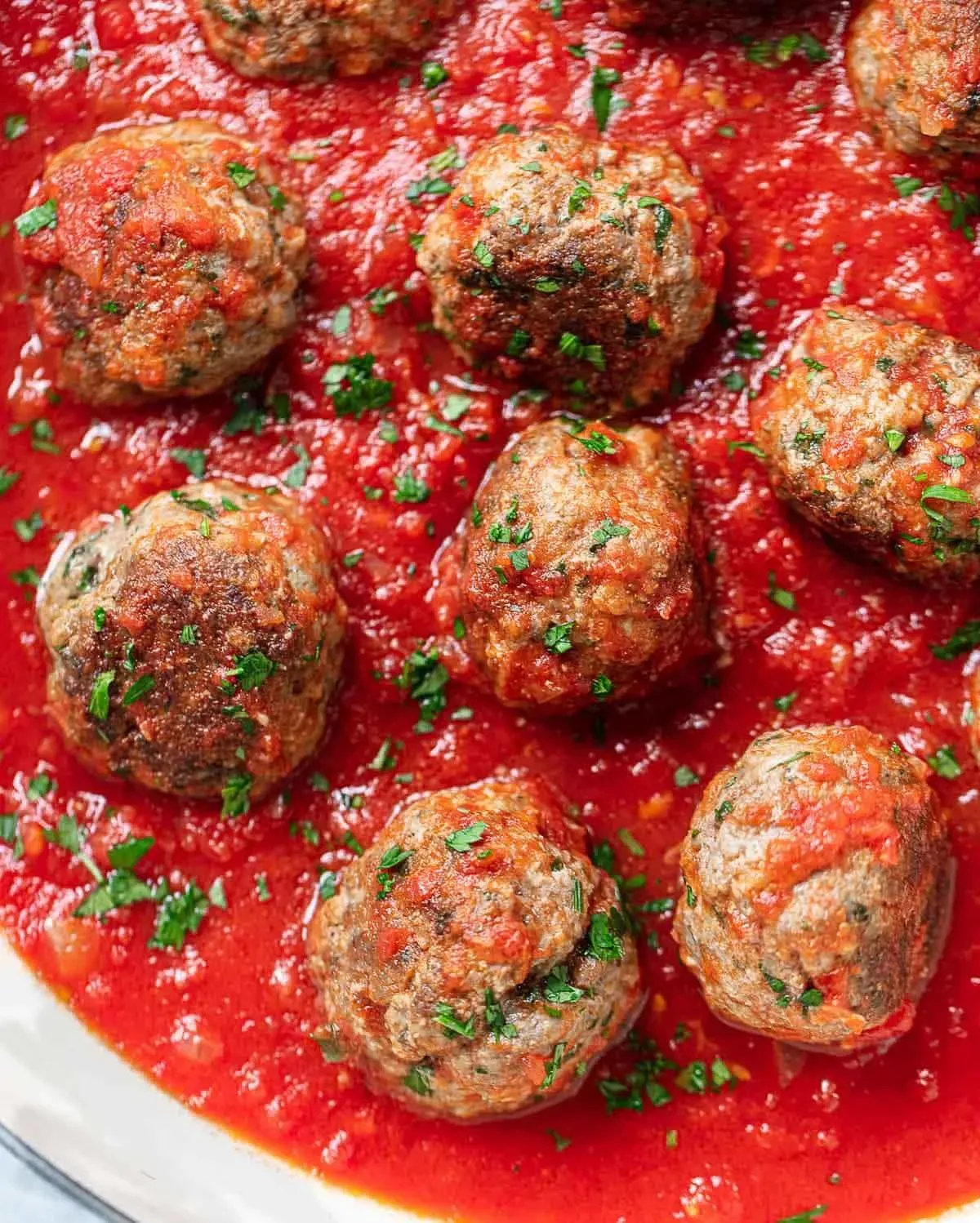
Troubleshooting Common Meatball Mistakes
so you've followed the steps, but maybe your meatballs didn't turn out exactly like Nonna's. Don't sweat it; mastering the original italian meatball recipe takes a little practice, and there are a few usual suspects behind common failures. The most frequent complaint? Tough meatballs. This almost always comes down to one thing: overmixing the meat. Remember that gentle touch we talked about? Aggressively mushing everything together develops the proteins, turning your delicate mixture into a dense, rubbery brick. Another culprit is using meat that's too lean. Fat equals flavor and moisture; skip the 96% lean stuff unless you enjoy eating flavorless golf balls. Meatballs falling apart in the sauce? Could be you didn't use enough binder (eggs or the panade), or maybe you didn't brown them properly first to give them some structure before their long, hot bath. Getting the texture and consistency right in your mix before you even form them is key to avoiding these headaches down the line.
FAQs About Original Italian Meatball Recipes
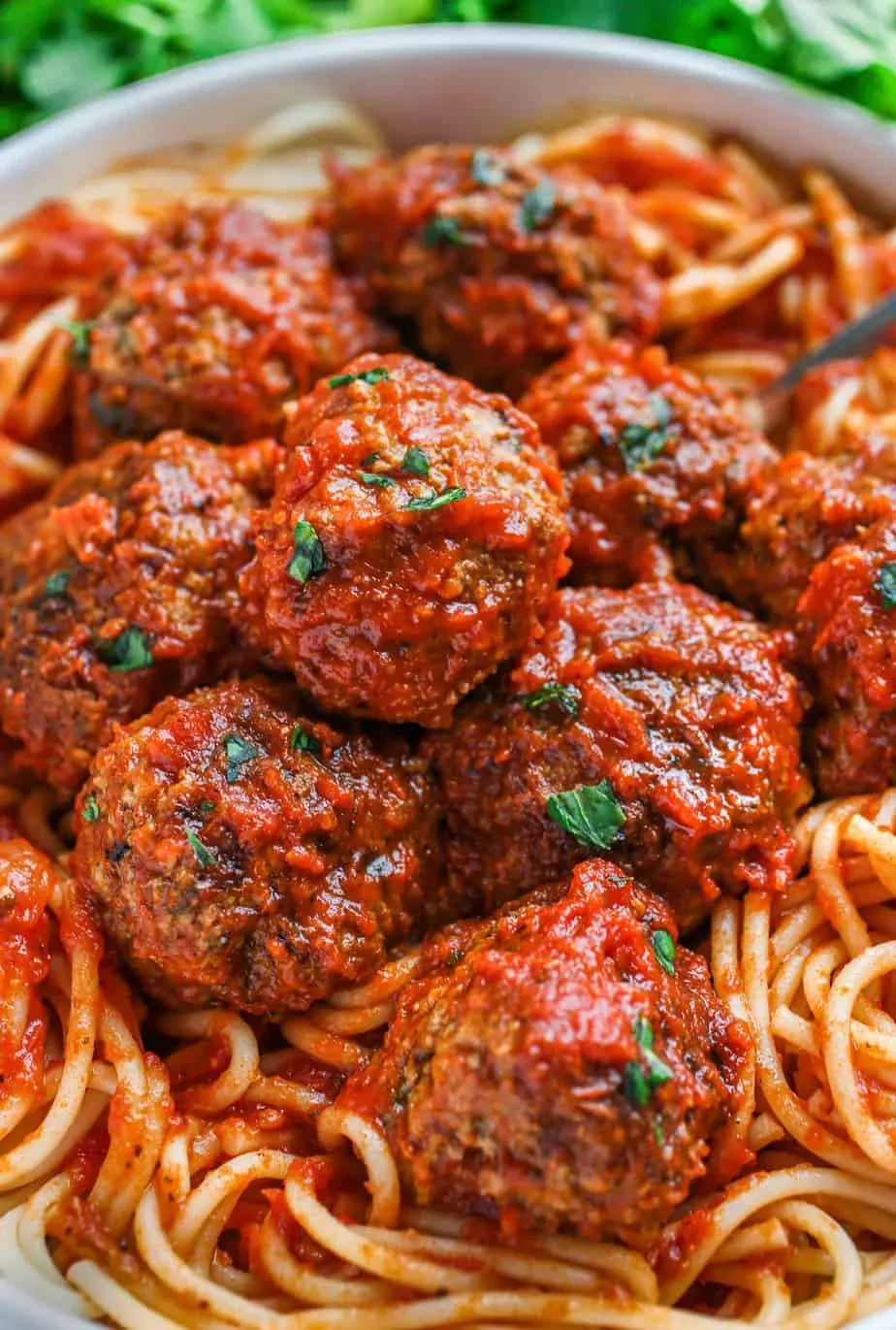
FAQs About Original Italian Meatball Recipes
so you've got the basics down for creating a killer original italian meatball recipe, but inevitably, questions pop up. People always wonder about the little things that can make or break a batch. Like, "Do I *really* need fresh breadcrumbs?" (Yes, unless you enjoy chewing on gravel). Or, "Can I bake them instead of frying?" (Sure, if you prioritize convenience over that perfect browned crust, but we covered that). And the classic, "Why are my meatballs tough?" (Probably overmixing or using lean meat, as we discussed). This section aims to tackle some of those nagging questions, the ones that come up once you've actually gotten your hands dirty and tried making an original italian meatball recipe yourself, because theory only gets you so far.
Mastering the Meatball
So, we’ve covered the ground rules for an original Italian meatball recipe. It’s not about some ancient scroll or a secret handshake in a back alley kitchen. It boils down to decent meat, the right kind of binder (seriously, the soggy bread is key), and not manhandling the mix like you’re kneading concrete. Get those elements right, simmer them low and slow, and you’ll end up with something far superior to most restaurant versions. They won't fix all your problems, but a good plate of meatballs with sauce is a solid start to a better evening.